Story Two - Being River-Friendly | |
| Story One | Story Two | Story Three | Story Four | Story Five | Story Six | Story Seven | Story Eight | Story Nine | Story Ten | |
| Visit the main River Returns web site >> | |
|
|
A bad day on the river is far better than a good day in the office, according to David Girardin, a field program supervisor with the Division of Environmental Sciences for the St. Johns River Water Management District. |
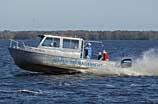 |
David Girardin and his crew from the St. Johns River Water Management District set out to do water testing at a field monitoring station five miles north of Palatka, their base of operations. |
 |
David Girardin, a fourth-generation Floridian, is a 27-year veteran of the St. Johns River Water Management District. Whenever he looks down on the river when driving across one of the many bridges spanning it, explains David, he always wishes he were on the water. He adds that he has never, ever looked up from his boat and wished he were sitting in traffic. |
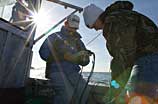 |
David and an assistant use a probe to sample the water at various monitoring stations along the river, measuring the Ph, temperature, dissolved oxygen, and salinity levels. He will also measure the light attenuation at various depths to check water clarity. The ability to compare the scientific data of today with that of five years ago -- as well as with data five years in the future -- gives a sense of whether the river is recovering or declining, and serves as the basis for sound management decisions. |
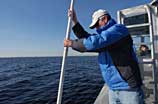 |
Growth of algae and other living organisms in the water can be an indicator of river health or an ecosystem out of balance. Here, David uses a long PVC pipe to gather a water sample that he'll use to check for phytoplankton in the water column. |
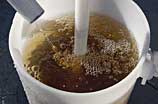 |
David pours the river water into a bucket. The waters of the St. Johns River are tannic, or tea-colored. Although tannins give the river its dark coloration, clarity is still an indicator of the river's health. |
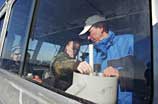 |
Inside the cabin of the boat, David reaches for a sampling bottle, while an assistant keeps the water agitated with a churn so that any particulate matter remains evenly distributed. |
|
|
The river water is placed into bottles for later analysis at the St. Johns River Water Management District lab in Palatka. |
|
|
This is one of many new houses, yards, and seawalls being built at the wide-open mouth of Julington Creek where it meets the St. Johns River; development in the area is rampant. |
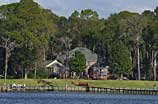 |
Houses along the river and its tributaries often have large, lush lawns that require prodigious amounts of fertilizers and pesticides. More often than not, the homeowner applies even more of these materials than is called for and they end up in storm water runoff, causing nutrient problems in the St. Johns. |
|
|
Jimmy Shine has lived in Switzerland along the St. Johns River since 1956. He cleared a path to the river and built the requisite dock, but made a conscientious decision to leave the native vegetation intact whenever possible, especially as a buffer along the banks. |
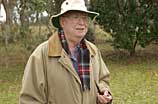 |
Jimmy, a Master Gardener, believes that subdivisions and golf courses have a greater collective affect on the deteriorating health of the river than even big industry. "We used to catch crabs all the time, now we are lucky to catch one," he says. |
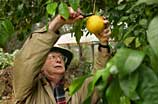 |
Jimmy tends to a collection of citrus trees that he's raised and nurtured from seedlings. Despite eschewing pesticides and fertilizers, he enjoys a bounty of succulent fruit including giant lemons, oranges, grapefruit, and tangerines. |
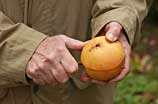 |
Jimmy cuts open a juicy blood orange to share with guests. |
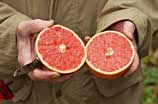 |
|
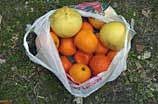 |
Jimmy Shine insists that visitors fill goodie bags with Florida's finest souvenirs grown along the banks of the St. Johns. The citrus, abundant as it is, looks pretty and tastes sweet and juicy despite the fact that Shine is adamant about pesticide- and fertilizer-free gardening practices. |
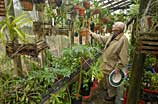 |
Master Gardener Jimmy shows off the exotic orchids and seedlings of fruit trees that he nurtures in his greenhouse before planting on his riverfront property. |
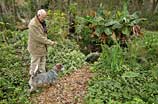 |
Jimmy and his dog take a stroll around the lush property on which he grows river-friendly plants and trees: cold- and drought-tolerant species requiring no pesticides or fertilizers. |
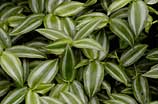 |
A variety of ground cover, flowering plants, shrubs, and trees add color, scents, and texture to Jimmy's lush Florida-friendly landscape. Plants that can be found in Jimmy's garden include ground cover such as Wandering Jew, flowering shrubs, and trees such as azaleas, camellias, and plums, and exotic flowers such as the Shrimp Plant. |
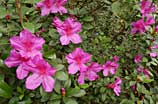 |
|
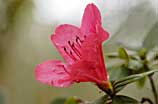 |
|
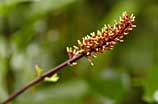 |
|
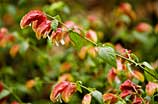 |
|
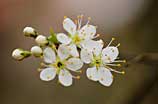 |
|
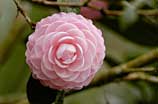 |
|
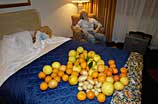 |
Writer Maryalice Yakutchik relaxes after a taxing afternoon of overzealous fruit-picking instigated by Jimmy Shine at his riverfront home. |
Water's Journey
The River Returns
Stories of the Great St. Johns
The River Returns web documentary, Copyright © Fusionspark Media, Inc. All Rights Reserved.
All Photos © 2005 Russell Sparkman/Fusionspark Media, Inc., unless otherwise noted.
All Photos © 2005 Russell Sparkman/Fusionspark Media, Inc., unless otherwise noted.
